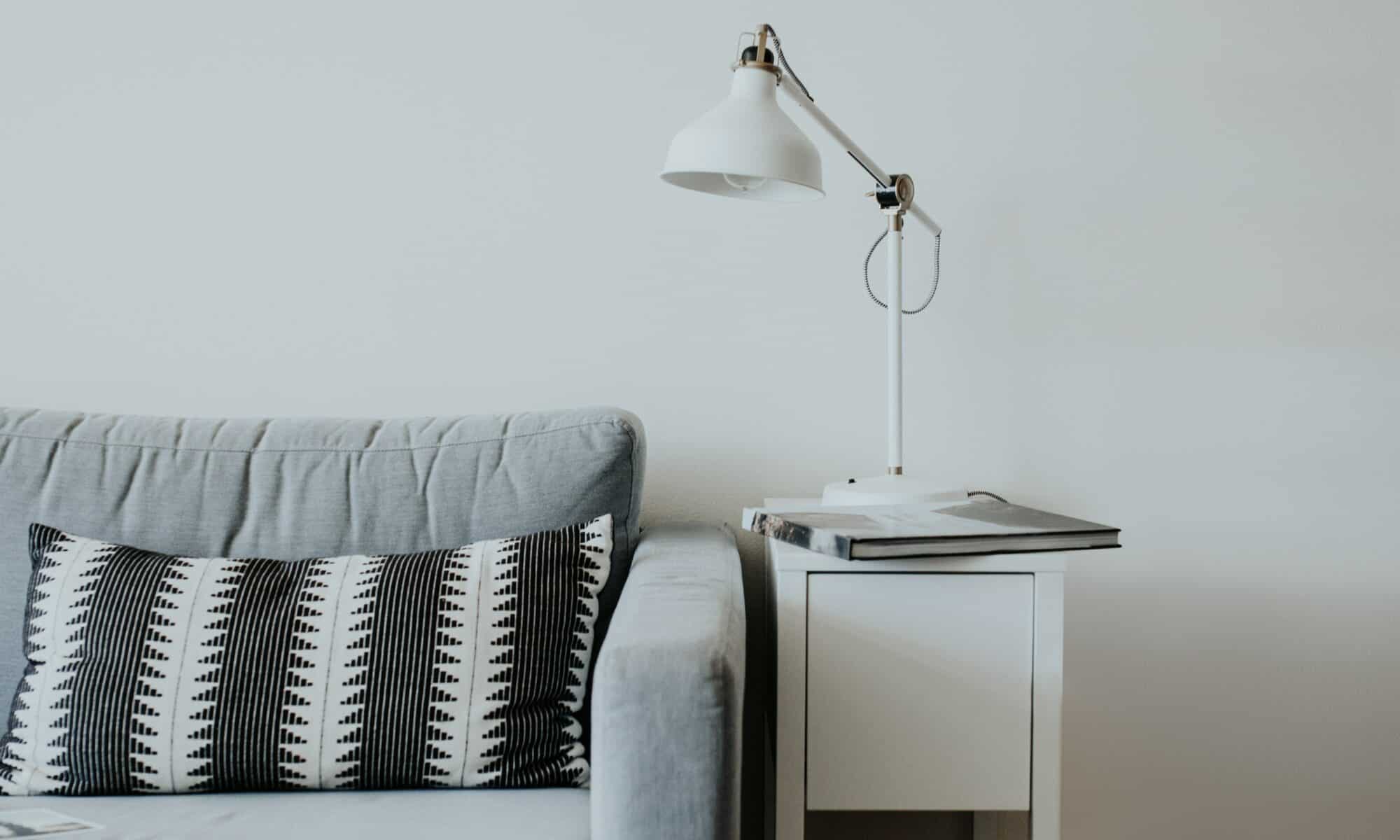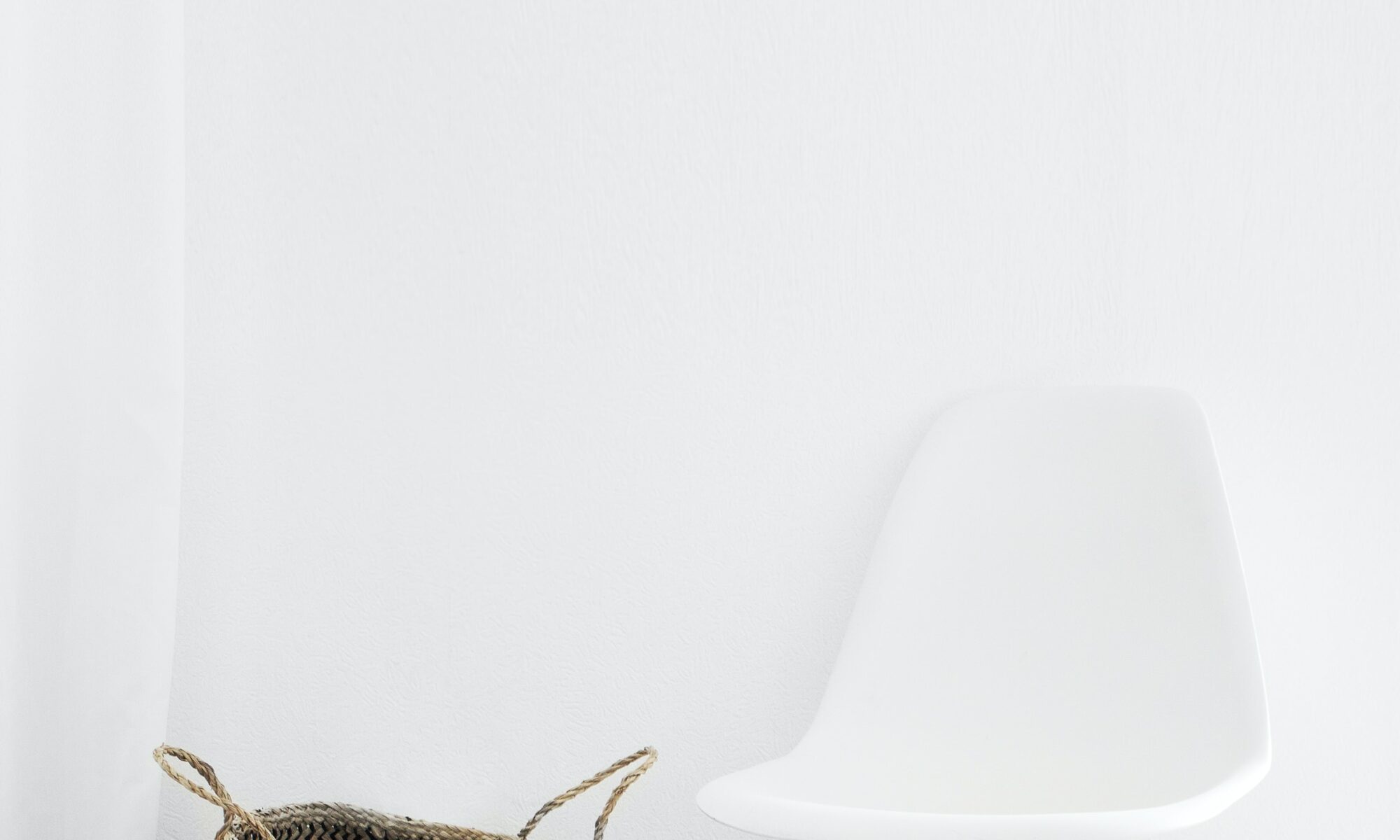Unleashing the Power of Color
Color, often the first thing one notices about a space, holds a significant power that extends beyond aesthetics. It can influence our emotions, our comfort, and even our productivity. For anyone embarking on an interior painting project, understanding this power can be instrumental in making successful color choices.
The Impact of Color on Mood and Atmosphere
Color has a profound impact on the mood and atmosphere of a room. Bright, vibrant colors like red, orange, or yellow can energize a space, making it perfect for areas like the kitchen or a home office. On the other hand, softer, cooler shades such as blues and greens tend to have a calming effect, ideal for bedrooms or bathrooms.
It’s important to consider the mood you want to evoke in each room when choosing colors for your interior painting project. Our house painter contractor can provide expert guidance on how to use color effectively to create the desired mood and atmosphere.
Understanding Color Theory
At the heart of effective color choices lies color theory, a set of principles that artists and designers use to combine colors in a way that is harmonious and pleasing to the eye. It’s built around the color wheel, which organizes colors based on their relationships to each other.
In color theory, colors are classified into three categories: primary (red, blue, and yellow), secondary (green, orange, and purple), and tertiary (a mix of primary and secondary colors). Understanding these categories can be helpful in choosing a cohesive color scheme for your home.
Furthermore, color theory introduces concepts such as complementary colors (colors opposite each other on the color wheel) and analogous colors (colors next to each other on the color wheel). These concepts can guide you in combining colors in a way that brings balance and harmony to a space.
To delve more into color theory and its practical application in home painting, consider consulting with a professional. Our house painter contractor can provide insightful recommendations on color choices for your interior painting project.
Appreciating the power of color and understanding color theory lays a solid foundation for making informed color choices. As you embark on your interior painting project, remember that color is more than just a visual element. It’s a powerful tool that can transform your space, influence mood, and create a specific atmosphere. With careful consideration and a little creativity, you can use color to create a home that reflects your personal style and meets your functional needs.
Exploring the Color Wheel
Understanding the color wheel can be a game-changer when it comes to choosing the right color for your interior painting project. It’s a simple tool that helps you see the relationship between different colors and can guide you in creating a harmonious color scheme for your home.
Primary, Secondary, and Tertiary Colors
At the core of the color wheel are the primary colors: red, yellow, and blue. These colors cannot be made by mixing other colors together. They are the building blocks of all other colors.
Secondary colors are created by mixing two primary colors together. They are green (blue and yellow), orange (red and yellow), and purple (red and blue).
Tertiary colors, on the other hand, are created by mixing a primary color with a secondary color. These include red-orange, yellow-orange, yellow-green, blue-green, blue-violet, and red-violet.
Understanding these colors and how they relate to each other can make a world of difference in creating a balanced and cohesive color scheme for your interior painting project.
Complementary and Analogous Colors
Complementary colors are colors that are directly opposite each other on the color wheel. They create a vibrant contrast and can add a pop of energy to your space. For instance, blue and orange are complementary colors. Using them together in your interior paint scheme can create a dynamic and lively atmosphere.
Analogous colors, meanwhile, are colors that are next to each other on the color wheel. They tend to have a harmonious relationship, producing a more subtle and calm atmosphere when used together. For example, using shades of blue, blue-green, and green in a room can create a serene and tranquil vibe.
Making use of the color wheel and understanding the relationship between different colors can help guide you in choosing the best color combination for your interior painting project. Whether you choose complementary colors for a bold statement or analogous colors for a comforting and cohesive look, the color wheel is a powerful tool to help you visualize your color choices and create the perfect atmosphere in your home.
Remember, the best color choices for your interior painting project are not only about aesthetics but also about creating a mood and atmosphere that reflects your personality and lifestyle. So, explore the color wheel, experiment with different color combinations, and have fun painting your world! Check out our article on 5 rules of painting a room with two colors for more tips and advice.
Using Color in Your Interior Painting Project
When it comes to interior painting, color selection is a critical step. The hues you choose can dramatically transform the look and feel of your space. Here, we explore how to choose a color scheme and how the size of the room and natural light should be considered in your interior painting project.
Choosing a Color Scheme
Choosing a color scheme for your interior painting project is not as daunting as it might seem. Start by determining the mood you want to create in the room. Do you want a calming and relaxing atmosphere or a vibrant and energetic vibe? The colors you choose can help set the desired mood.
Next, consider the existing elements in the room such as furniture, artwork, and flooring. The colors of these elements can guide your color scheme. For instance, you might choose a shade that complements the dominant color in a piece of artwork or matches your favorite throw pillow.
If you’re struggling to decide, consider using a color wheel to identify complementary, analogous, or monochromatic color schemes. For more information on using different color schemes, read our article on 5 rules of painting a room with two colors.
Lastly, keep in mind that color choices for your interior painting project should also be guided by your personal taste. After all, you’re the one who’ll be living with these colors every day.
Considering Room Size and Natural Light
The size of the room and the amount of natural light it receives can significantly influence how a color looks. As a general rule, lighter colors can make a small room feel larger and brighter, while darker colors can make a large room feel more cozy and intimate. Find more tips on this topic in our article on interior painting & design: do’s and don’ts for small rooms.
Natural light can also affect the appearance of colors. Rooms with plenty of natural light can handle darker colors without feeling gloomy. On the other hand, rooms with limited natural light may benefit from lighter, warmer colors to help brighten the space.
Remember, colors can look different under different lighting conditions. It’s always a good idea to test your color choices in different lighting situations before committing to a final color.
By considering your desired mood, the existing elements in your room, the room’s size, and the amount of natural light, you can make informed color choices for your interior painting project. The result will be a beautifully painted space that reflects your style and serves your needs.
Popular Color Choices for Interior Painting
When it comes to interior painting, the color you choose can significantly influence the mood and atmosphere of the room. The right color can make a room feel cozy, vibrant, serene, or stylish. Here are some popular color choices for your interior painting project.
Warm Colors for Welcoming Spaces
Warm colors such as red, orange, and yellow can help create an inviting and cozy atmosphere. These colors are often associated with warmth, comfort, and energy, making them ideal for living rooms and dining areas where people gather.
Red, the most intense warm color, can stimulate conversation and appetite, making it a popular choice for dining rooms. Orange, a combination of red and yellow, is perfect for areas where you want to encourage interaction and creativity. Yellow, the color of sunshine, can bring a sense of happiness and positivity to any space.
Remember, warm colors can make a room feel smaller, so they are best used in larger spaces. For more tips on how to use warm colors in your home, check out our article on interior painting and design do’s and don’ts for small rooms.
Cool Colors for Calm and Serene Areas
Cool colors like blue, green, and purple tend to create a calm and relaxing atmosphere. They are the perfect color choices for bedrooms, bathrooms, or any other space where you want to promote serenity and relaxation.
Blue, often associated with the sky and sea, can help lower heart rate and blood pressure, promoting a sense of calm. Green, the color of nature, can be soothing and refreshing, perfect for a home office or study. Purple, a blend of blue and red, can add a touch of luxury and creativity to your space.
Keep in mind, lighter shades of cool colors can make a room appear larger and more open. For tips on how to balance different colors in your home, check out our article on 5 rules of painting a room with two colors.
Neutral Colors for Versatility
Neutral colors like white, beige, grey, and brown are versatile and can complement any interior style. They provide a perfect backdrop for any decor and can make a room feel clean, spacious, and modern.
White is a popular choice for its simplicity and ability to reflect light, making a room feel larger and brighter. Beige and brown can add warmth and coziness to a space. Grey is a trendy neutral that can give your room a sleek, modern feel.
Neutral colors also offer flexibility, allowing you to change your furniture or decor without needing to repaint the walls. For ideas on how to incorporate accent colors with neutrals, check out our article on tips to add accent colors into your home interior.
Choosing the right color for your interior painting project is a personal decision that should reflect your style and the mood you want to set in each room. Whether you opt for warm, cool, or neutral colors, remember that the right color can transform your space into something truly special.
Tips to Choose the Right Color for Your Project
Selecting the perfect hue for an interior painting project can be a complex task. Here are a few tips to help you make the right color choices for your interior painting project.
Testing Colors Before Committing
Before you commit to a color, it’s always a good idea to test it out in the space you plan to paint. Paint a small section of the wall and observe it at different times of the day under varying light conditions. This will give you a better idea of how the color will look in your room. You can also use digital tools and apps that allow you to virtually paint your room with different colors, giving you a realistic idea of the end result.
Remember, colors can look drastically different on a paint swatch compared to being on a wall. Testing helps ensure you’re happy with your choice before investing time and resources into painting the entire room.
Balancing Colors in Your Home
When choosing colors for your home, it’s important to consider the overall balance of colors in your space. If you have multiple rooms visible to each other, the colors should create a harmonious flow. This doesn’t mean all rooms should be the same color. Instead, consider using different shades of a color or complementary colors for a cohesive look.
For instance, if one room is painted a light blue, you might choose a deeper blue or a coordinating color, like a soft gray, for the next room. For more tips on how to balance colors in your home, check out our article on 5 rules of painting a room with two colors.
Keeping Your Home’s Style in Mind
The style and architecture of your home should also influence your color choices. Consider the era in which your home was built and the design elements that are present. A Victorian-style home might lend itself to a different color palette than a modern, minimalist home.
In addition to the style of your home, think about the furniture and decor you have. Your wall color should complement these elements rather than clash with them. If you’re planning to change your furniture or decor soon, keep your future design plans in mind when choosing your paint color.
Choosing the right color for your interior painting project can greatly enhance the overall aesthetics of your home. Keep these tips in mind as you explore different color options. And remember, hiring a professional house painter contractor can provide valuable insight and expertise when it comes to making the best color choices for your project.




